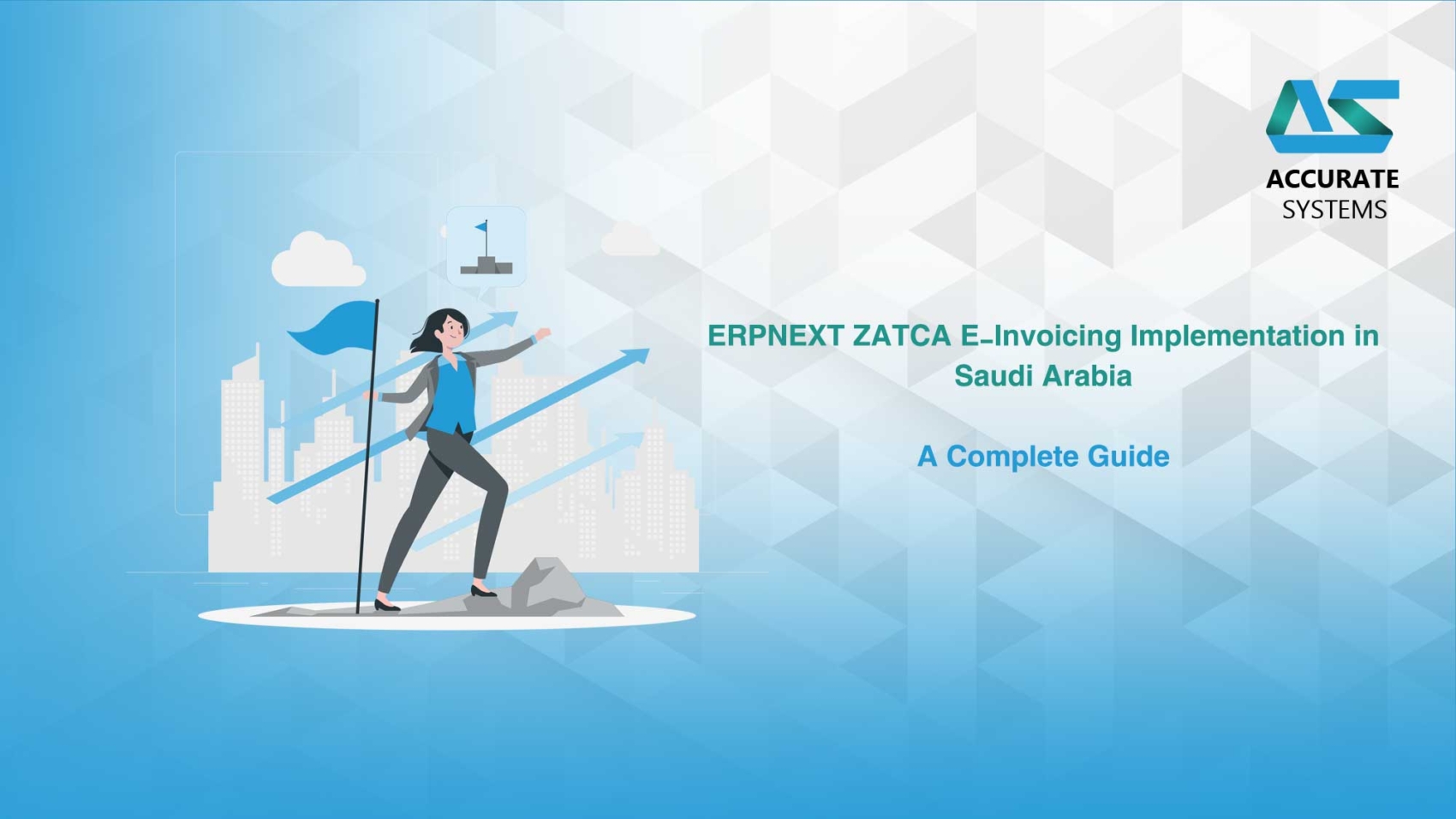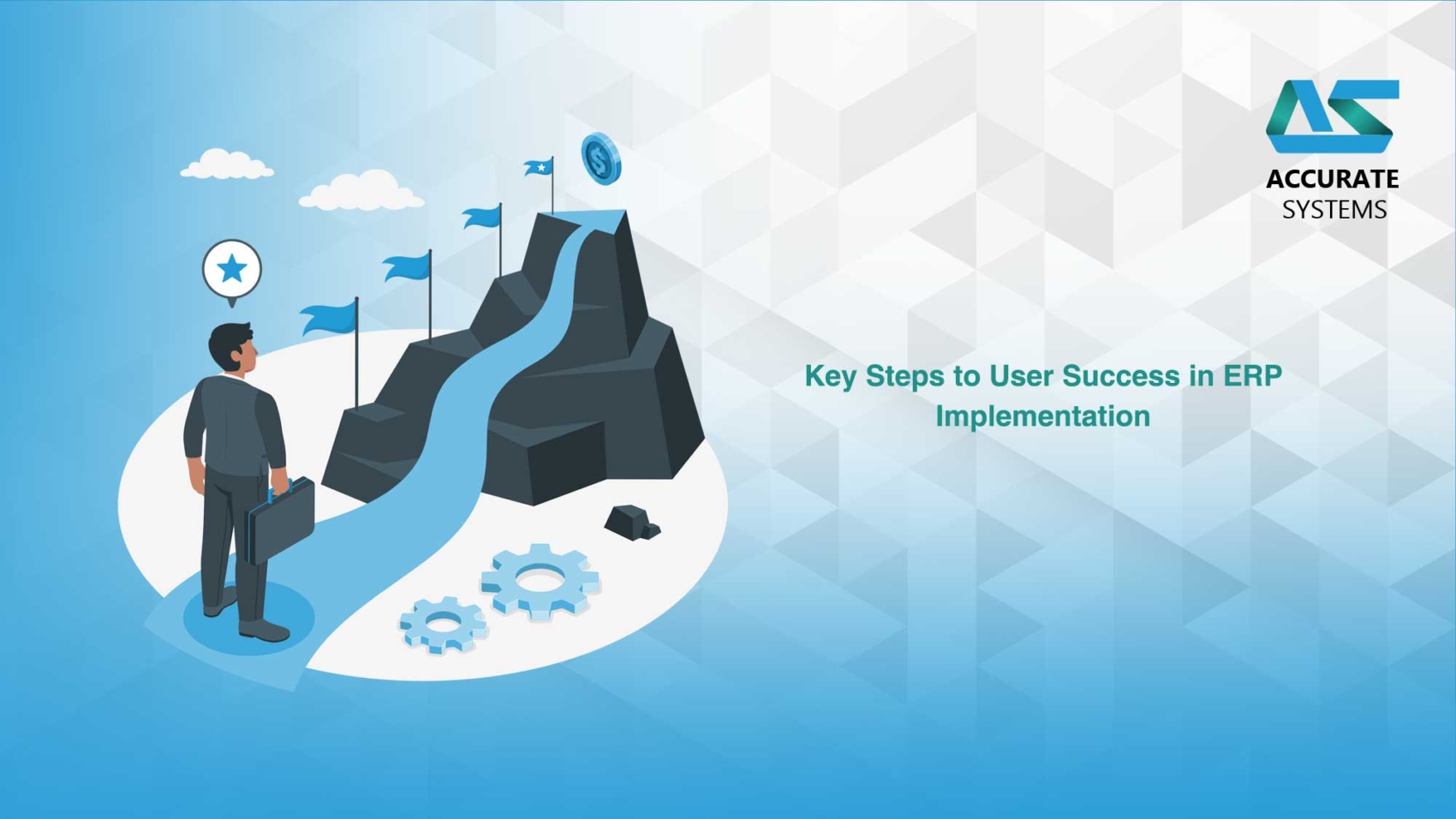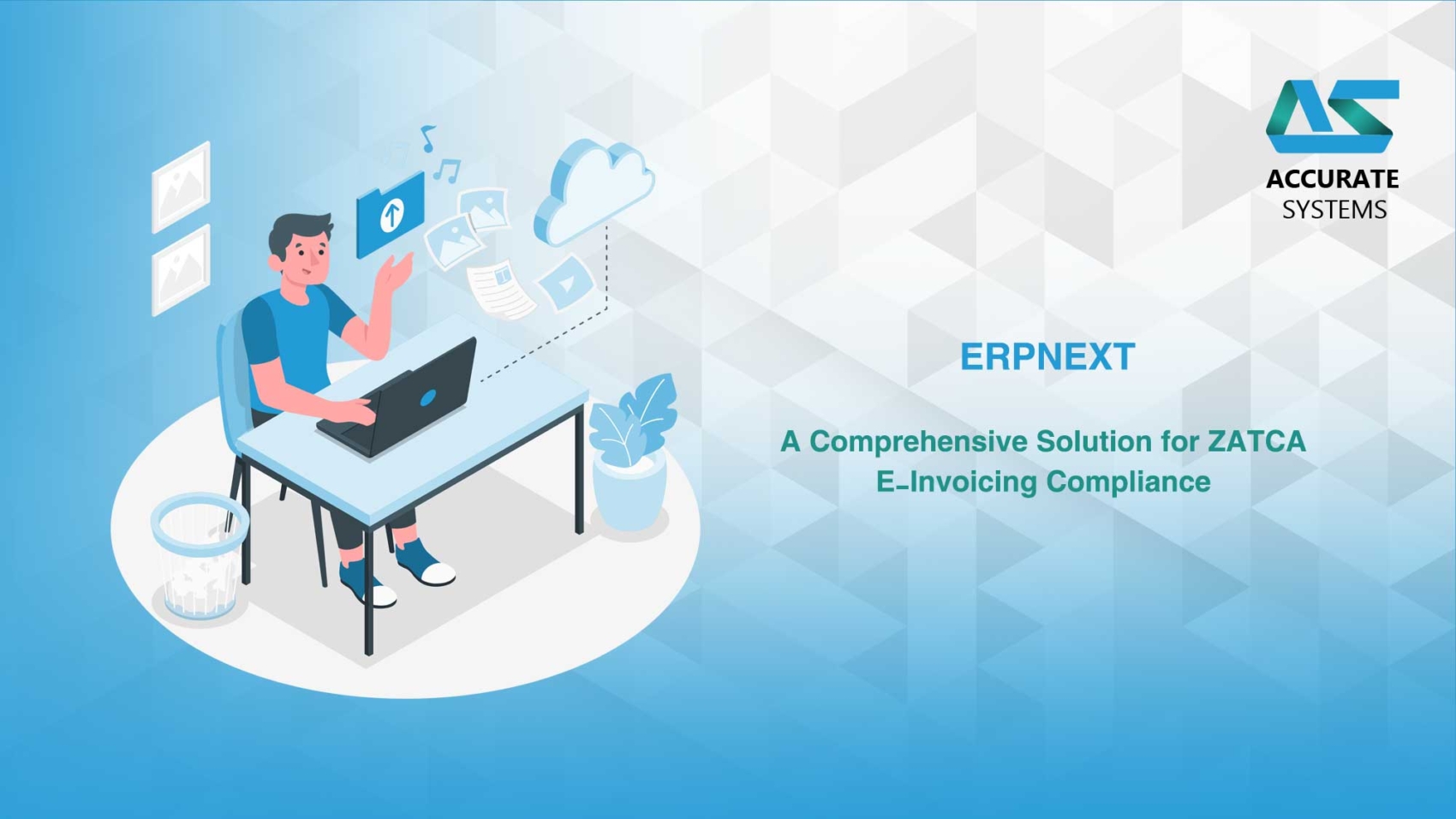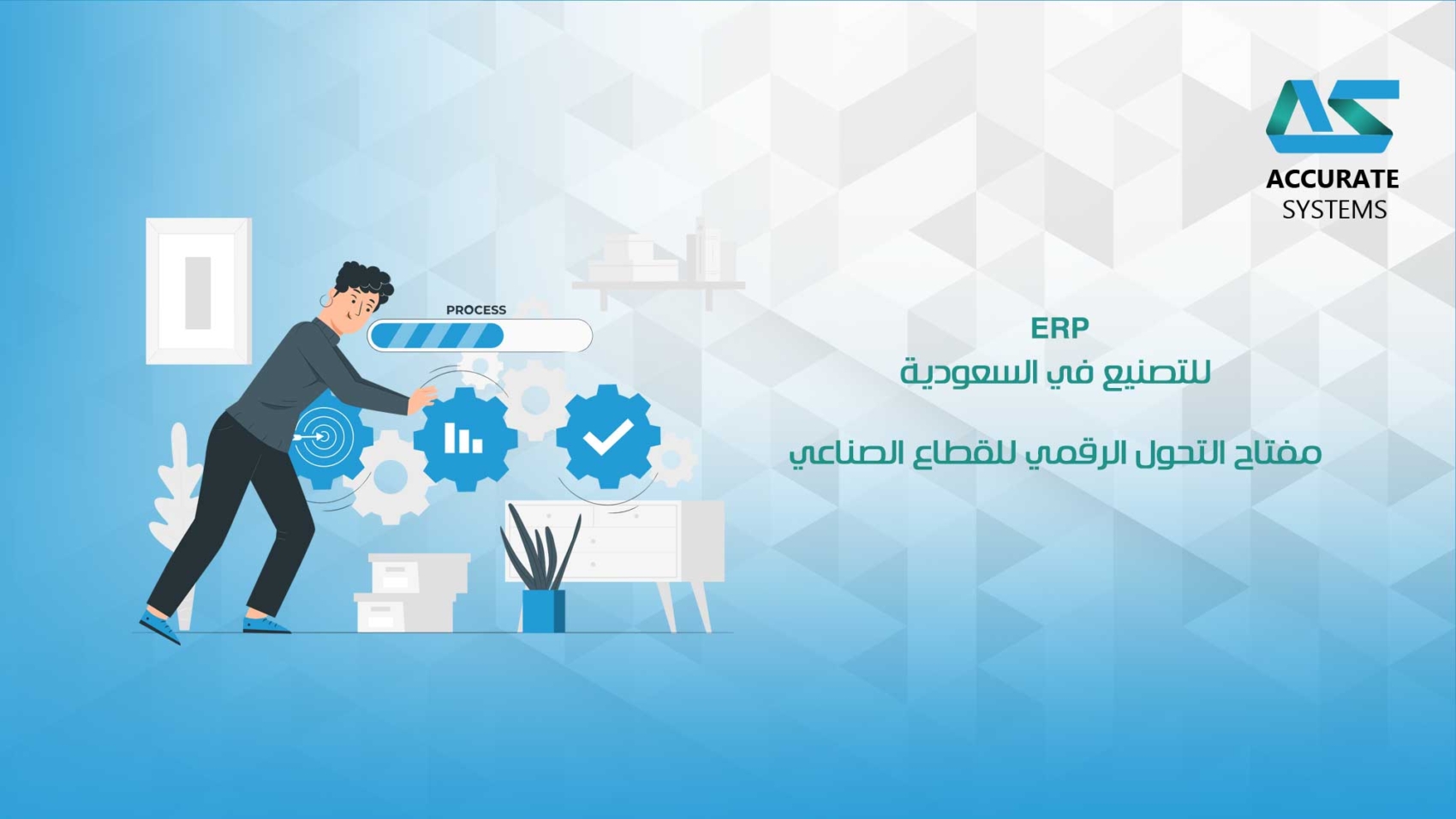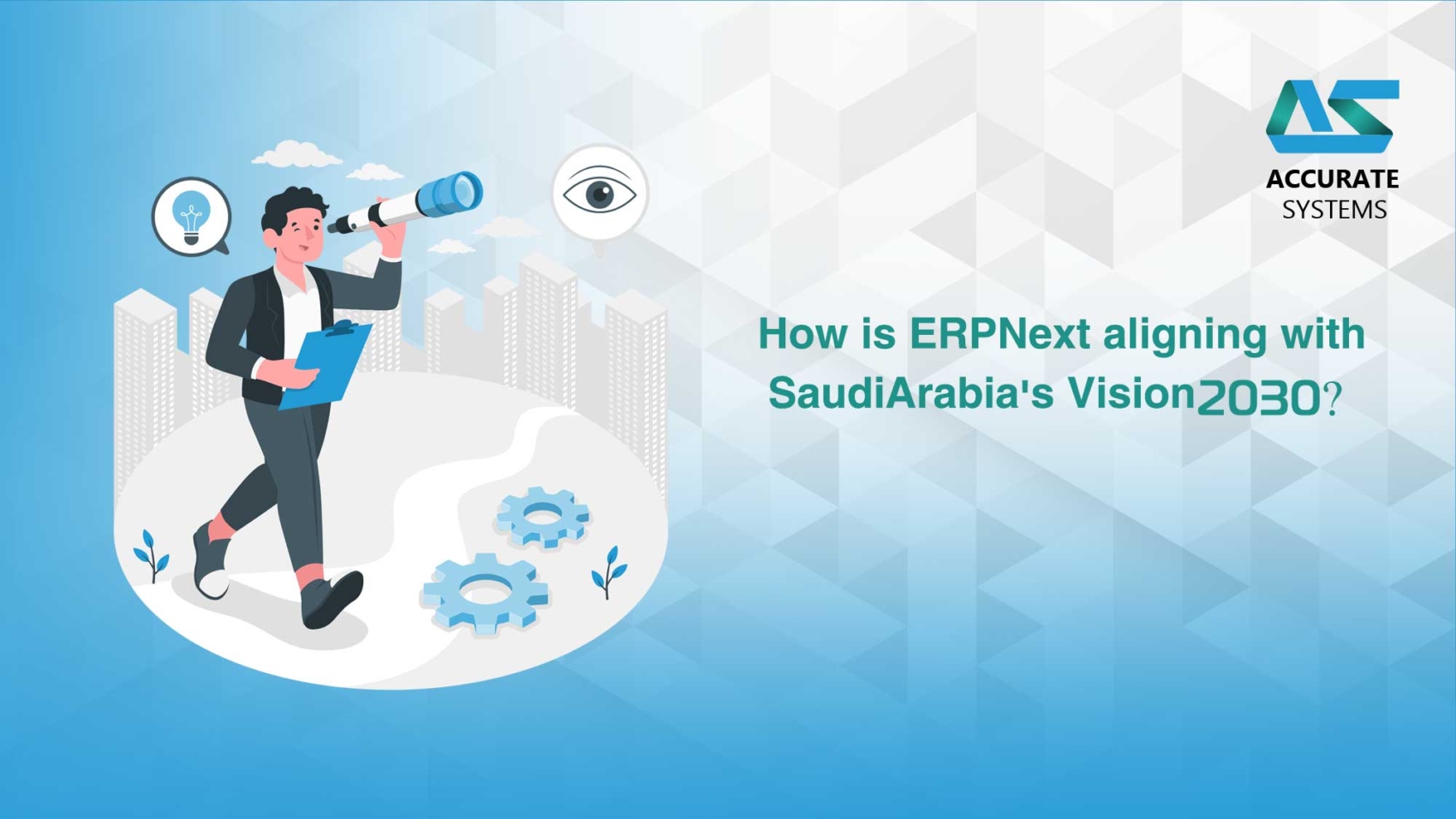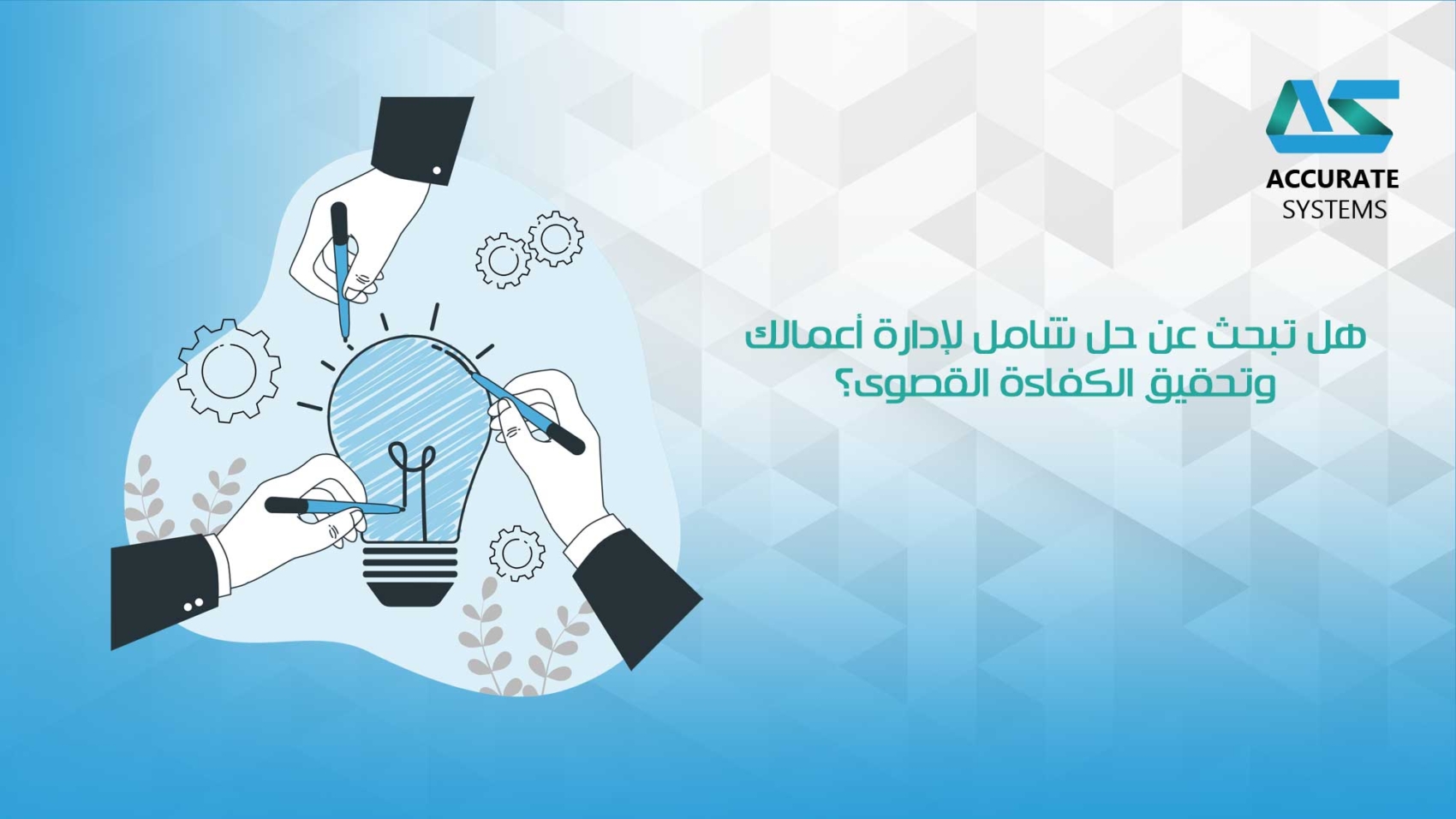Introduction
As Saudi Arabia strives to diversify its economy and reduce its reliance on oil, Vision 2030 has emerged as the Kingdom’s blueprint for economic transformation. Central to this transformation is the adoption of advanced technologies like Enterprise Resource Planning (ERP) systems. ERPNext, an open-source ERP solution, is becoming increasingly relevant in Saudi Arabia’s business landscape. This article explores the implementation of ERPNext in Saudi Arabia, its alignment with Vision 2030, and how it supports the Kingdom’s economic goals.
What is ERPNext?
ERPNext is an open-source Enterprise Resource Planning system that integrates various business processes such as finance, human resources, manufacturing, sales, and more. Its modular design, cloud-based deployment, and extensive customization options make it a powerful tool for businesses in Saudi Arabia, especially small and medium-sized enterprises (SMEs). Unlike traditional ERP systems, ERPNext offers a cost-effective, scalable, and flexible alternative that meets the specific needs of diverse industries.
Why ERP Systems Are Critical for Vision 2030
Vision 2030 aims to build a vibrant society, a thriving economy, and an ambitious nation. To achieve these goals, the Saudi government is heavily investing in key sectors such as tourism, entertainment, healthcare, education, and infrastructure. The success of these initiatives hinges on the adoption of digital solutions that enhance operational efficiency and drive economic growth. ERP systems like ERPNext are crucial for integrating business processes, improving decision-making, and fostering innovation.
Challenges and Opportunities of ERPNext Implementation in Saudi Arabia
Implementing ERPNext in Saudi Arabia involves navigating unique challenges and capitalizing on significant opportunities. Here’s what businesses need to consider:
1. Localization for Saudi Arabia: Localization is essential when implementing ERP systems in Saudi Arabia. ERPNext must be tailored to meet local regulations, such as those related to Value Added Tax (VAT) and labor laws. Fortunately, ERPNext’s open-source nature allows for extensive customization, making it easier to comply with Saudi-specific requirements.
2. Language and Cultural Adaptation: Arabic is the official language of Saudi Arabia, and any ERP system must support it. ERPNext offers multi-language support, including Arabic, which is crucial for widespread adoption. Additionally, understanding Saudi Arabia’s cultural context—such as the importance of hierarchy and formal decision-making processes—is critical for successful implementation.
3. Regulatory Compliance: Saudi Arabia’s regulatory environment is evolving, with new data protection laws and cybersecurity regulations coming into play. ERPNext implementations must ensure compliance with these regulations, including data residency and cybersecurity best practices.
4. Cloud Adoption in Saudi Arabia: Cloud computing is gaining traction in Saudi Arabia, driven by government initiatives like the Saudi Cloud Computing Framework. ERPNext’s cloud-based deployment offers benefits such as lower upfront costs and easy scalability. However, concerns about data security and privacy need to be addressed to encourage broader adoption.
5. Employee Training and Change Management: Successful ERP implementation depends on the organization’s workforce readiness. In Saudi Arabia, resistance to change can be an issue, particularly in traditional industries. Effective training and change management strategies are crucial to ensure employees are comfortable using the new system.
How ERPNext Aligns with Vision 2030
ERPNext is well-suited to support Saudi Arabia’s Vision 2030 across several strategic areas:
1. Economic Diversification: Vision 2030 seeks to diversify the Saudi economy by developing non-oil sectors like tourism, entertainment, healthcare, and education. ERPNext can support businesses in these sectors by streamlining operations, managing resources, and ensuring compliance with regulations.
- Tourism: ERPNext can help manage bookings, inventory, and finances for tourism operators.
- Healthcare: The system can handle patient records, billing, and supply chain management, improving healthcare delivery.
- Education: ERPNext can manage student information, scheduling, and financial operations, contributing to the Kingdom’s goal of enhancing education.
2. Government Efficiency: Improving government efficiency is a key objective of Vision 2030. ERPNext offers modules for finance, human resources, and project management, which can be customized for government use. This aligns with Vision 2030’s emphasis on transparency, accountability, and resource optimization.
3. Fostering Innovation and Entrepreneurship: Vision 2030 highlights the importance of innovation and entrepreneurship in driving economic growth. ERPNext’s open-source platform encourages innovation by allowing businesses to customize the system to their specific needs. This is particularly beneficial for SMEs and startups, which are central to Saudi Arabia’s economic diversification efforts.
4. Empowering SMEs: SMEs are pivotal to Vision 2030, which aims to increase the sector’s contribution to GDP. ERPNext’s affordable and scalable solutions provide SMEs with the tools needed to manage operations efficiently and grow their businesses.
5. Enabling a Digital Economy: Vision 2030 envisions a robust digital economy. ERPNext’s cloud-based deployment and integration with other digital tools make it a key enabler of this vision. By adopting ERPNext, Saudi businesses can leverage e-commerce platforms, payment gateways, and other digital services, contributing to the Kingdom’s digital transformation.
Case Studies: ERPNext in Saudi Arabia
Here are some examples of how ERPNext has been successfully implemented in Saudi Arabia:
1. Manufacturing Sector: A leading Saudi manufacturing company implemented ERPNext to manage production, inventory, and supply chains. The system was customized to comply with local regulations and integrate with the company’s existing technology. The result was improved operational efficiency, reduced costs, and better regulatory compliance, supporting Saudi Arabia’s industrial goals.
2. Educational Institutions: A private university in Riyadh adopted ERPNext to streamline student information management, finance, and HR processes. The university customized the platform for admissions, scheduling, and payroll management, improving operational efficiency and aligning with Vision 2030’s education objectives.
3. Retail Industry: A retail chain in Saudi Arabia implemented ERPNext to manage point of sale (POS), inventory, and customer relationship management (CRM) processes. The system’s flexibility allowed customization for local preferences and integration with online sales channels, supporting the growth of the retail sector in line with Vision 2030.
The Future of ERPNext in Saudi Arabia
As Saudi Arabia continues its journey toward Vision 2030, the adoption of ERP solutions like ERPNext is expected to rise. The following trends are likely to shape the future of ERPNext in the Kingdom:
1. Integration with Emerging Technologies: ERPNext is poised to integrate with emerging technologies such as artificial intelligence (AI), the Internet of Things (IoT), and blockchain. These integrations can enhance predictive analytics, real-time monitoring, and secure transactions, crucial for achieving Vision 2030 objectives.
2. Expansion into New Sectors: While ERPNext is already used in manufacturing, education, and retail, there is potential for expansion into healthcare, logistics, and finance. As these sectors grow under Vision 2030, ERPNext can provide the tools needed for effective management and compliance.
3. Building Local Expertise: To maximize ERPNext’s potential, Saudi Arabia needs to develop local expertise in ERP implementation and customization. This can be achieved through partnerships with local IT firms, developer training programs, and government support for open-source technologies.
Conclusion
ERPNext offers a flexible, scalable, and cost-effective solution that aligns with Saudi Arabia’s Vision 2030. By addressing challenges related to localization, regulatory compliance, and workforce readiness, ERPNext can be successfully implemented across various sectors, contributing to the Kingdom’s long-term goals.
As Saudi Arabia modernizes its economy and infrastructure, the adoption of ERP systems like ERPNext will be vital in driving efficiency, transparency, and growth. With the right strategies and support, ERPNext can help Saudi businesses and government entities achieve their objectives, paving the way for a prosperous and sustainable future in line with Vision 2030.



